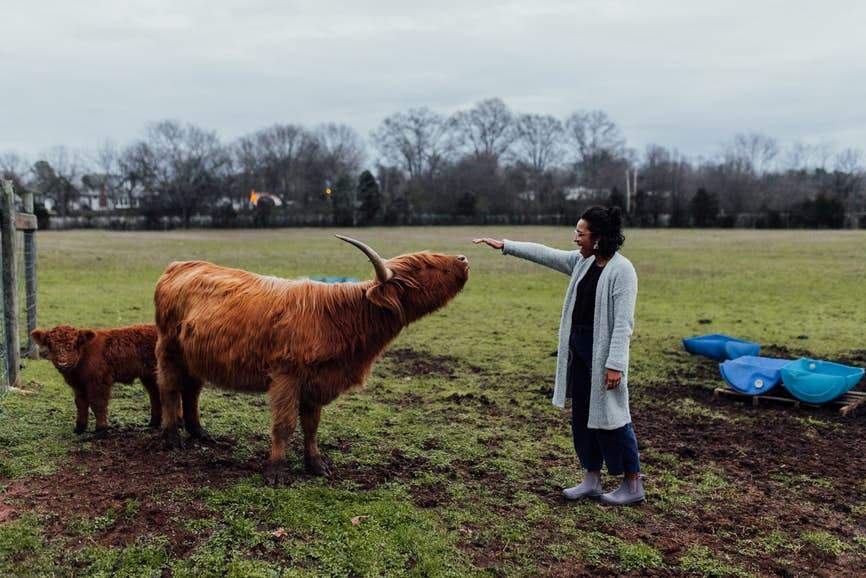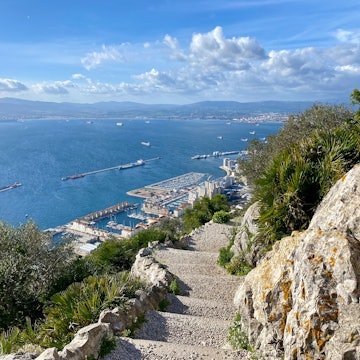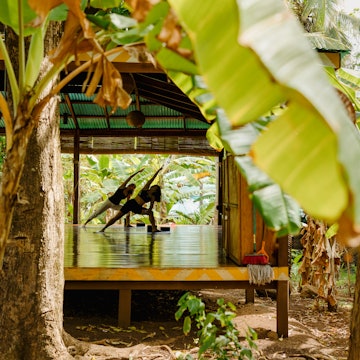
The trip that changed my life: carefree campervan adventure in Scotland
Apr 21, 2020 • 3 min read

The green waters and cream-coloured sands on the island of Lewis can make you stop in your tracks. DrimaFilm / Shutterstock
Travel writer Hanna Summers revisits her campervan trip to Scotland, and the North Atlantic beaches blissfully free of the traffic, worries and crowds she left behind in London.
We had no fixed destination, and that was the beauty of it. My boyfriend and I had swapped our comfy London bed for a VW campervan, and had shoved our precious belongings – pillows, puffer jackets and tea bags – into its boot and cabinets.
We took the first single-track road (it didn’t matter which one), turned the music up and drove alongside fields of golden heather, stopping occasionally to let snoozing sheep saunter off the road and slowing to snap pictures of scarecrows cloaked in high-vis jackets.

Then we rounded a corner and saw it. There, in front of us, on the rough and remote Outer Hebridean island of Lewis, was the most dazzling sweep of cream sand, its far edge lapped with small fluoro-green waves, its sides flanked by steel-grey rock. We slammed to a halt, kicked off our trainers and ran to the freezing water – our footsteps the only marks on the sand, our feet the first to touch the North Atlantic that day.
The beach felt impossible to leave behind, and so we didn’t. We parked up on a patch of grass and guzzled cans of strong beer until a cyan sky slid into a dusty magenta and eventually to a star-studded black. No lights, no traffic, no mobile-phone reception. No worries, no hassle, no stress. And refreshingly, no people. That night we fell asleep to the sound of the wind skimming the water, of waves falling onto the sand. The next morning? A brew with a view – one I’ll never forget.

The take away
It turns out that some of the world’s best beaches scatter the British coastline I’ve always felt so desperate to leave behind. Every day I crave the simplicity, freedom and flexibility of living in that van, and our 24 hours parked up on that remote beach near the tiny village of Bhaltos.
The build up
Campervan holidays are becoming increasingly popular in the UK, with a flurry of a new websites offering short- and long-term rentals. Quirky Campers provides hand-crafted campers located in London, Bristol and Scotland.
Ferries to the Isle of Lewis depart from Ullapool, on the northwest coast of Scotland, a 4½ hour drive from Glasgow. Take a morning crossing and you’ll arrive in Stornoway, the island’s capital, 2½ Hours later (book online in advance through Caledonian MacBrayne to find the best price).
Responsible wild camping is legal in most of Scotland, meaning you don’t need to book campsites – simply find a suitable spot and politely settle in. The tiny community-owned village of Bhaltos can be reached by heading west from Stornoway on the A858, before heading south at Garrynahine on the B80011. Eventually take the turning north signposted Cnip. You’ll know the beach when you see it. There are no shops, petrol stations or lights on this part of the Isle of Lewis – you will need to buy your supplies and fill up in Stornoway, and be sure to have enough water on board to last, along with camping essentials including torches.
You might also like:
The trip that changed my life: Varanasi, India
The best destinations for camper van travel
How I travelled around Scotland on just £3 a day















